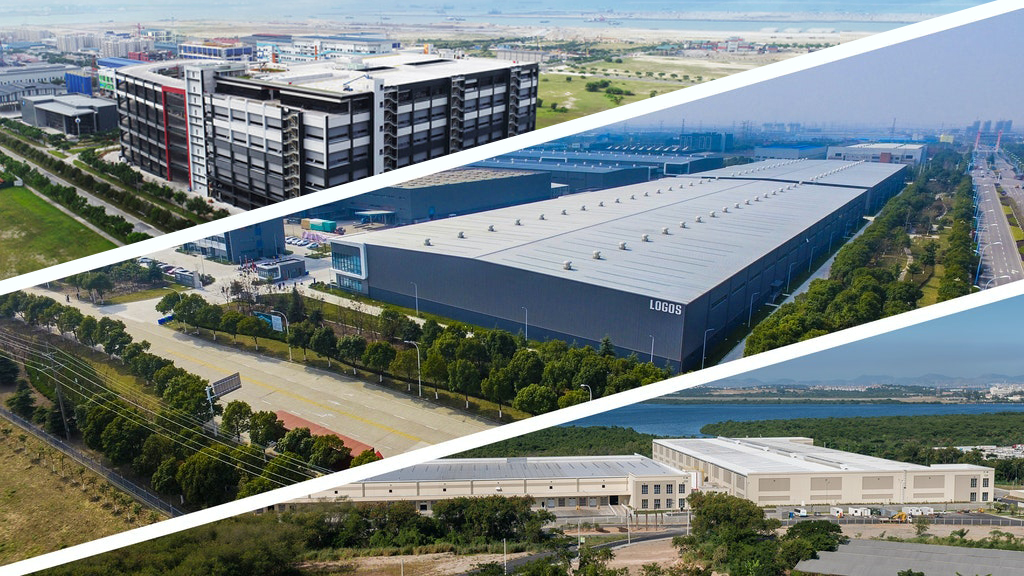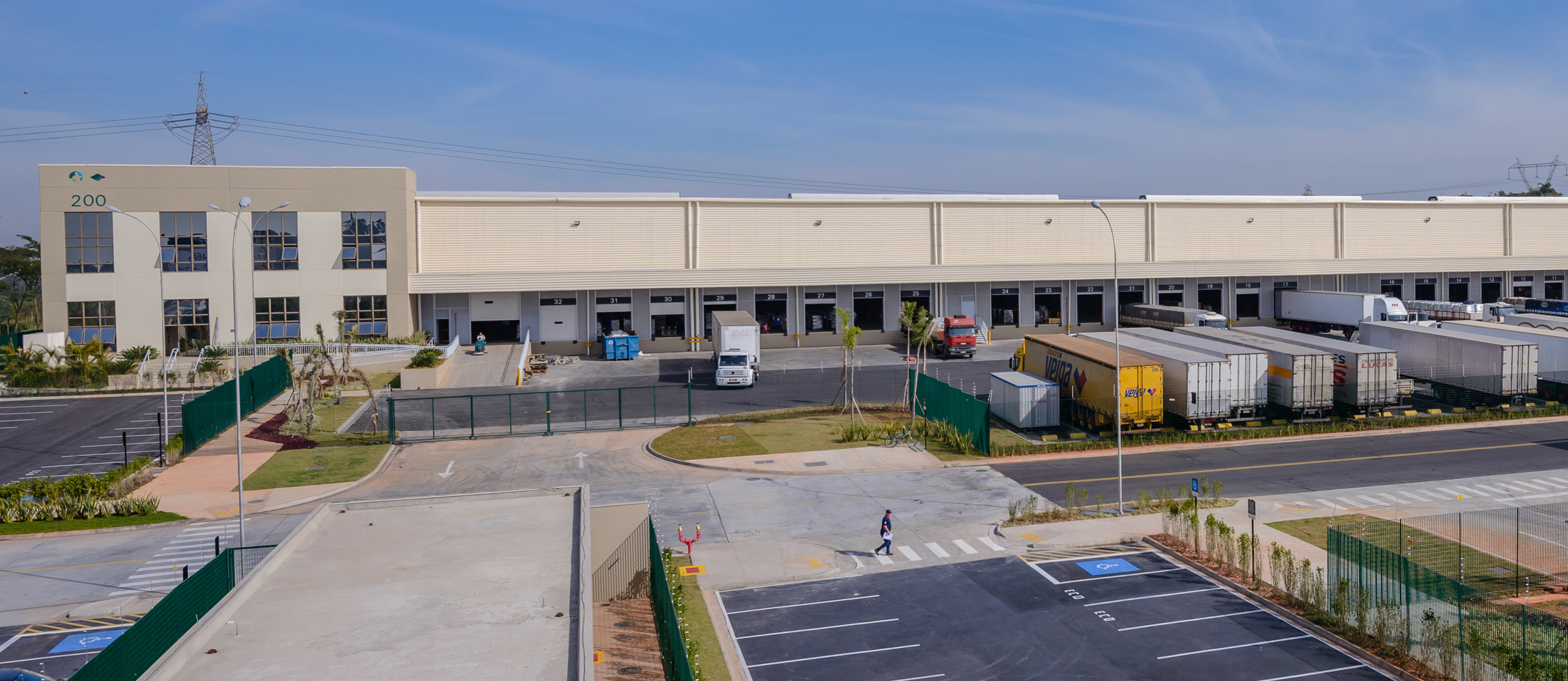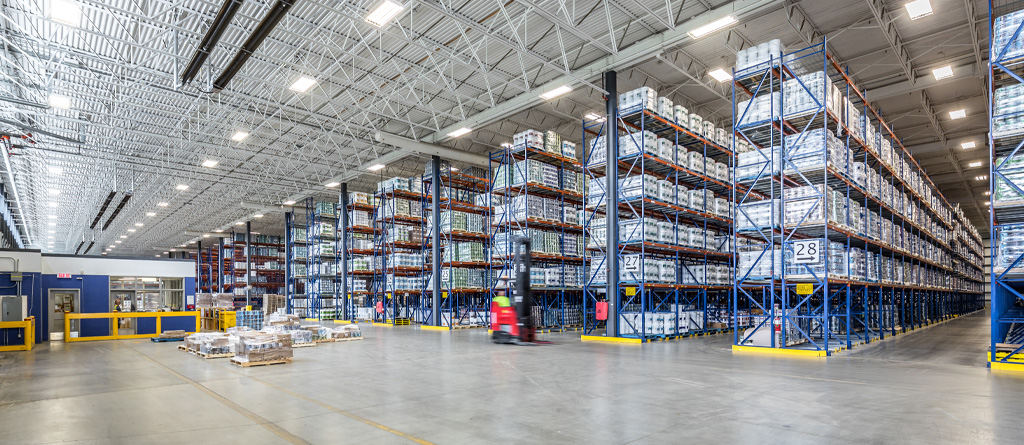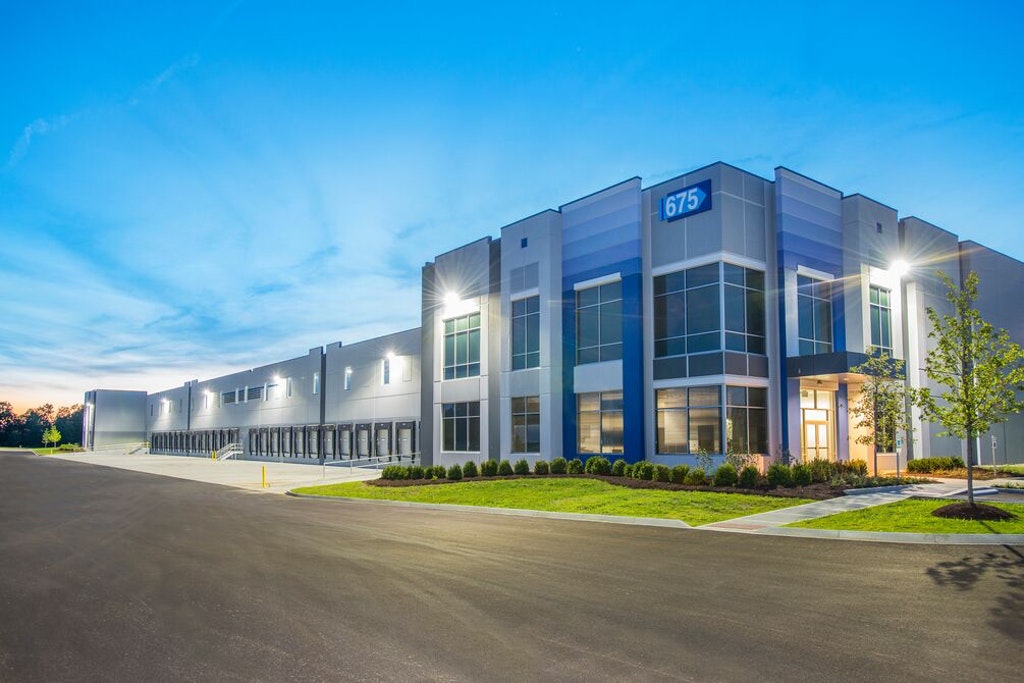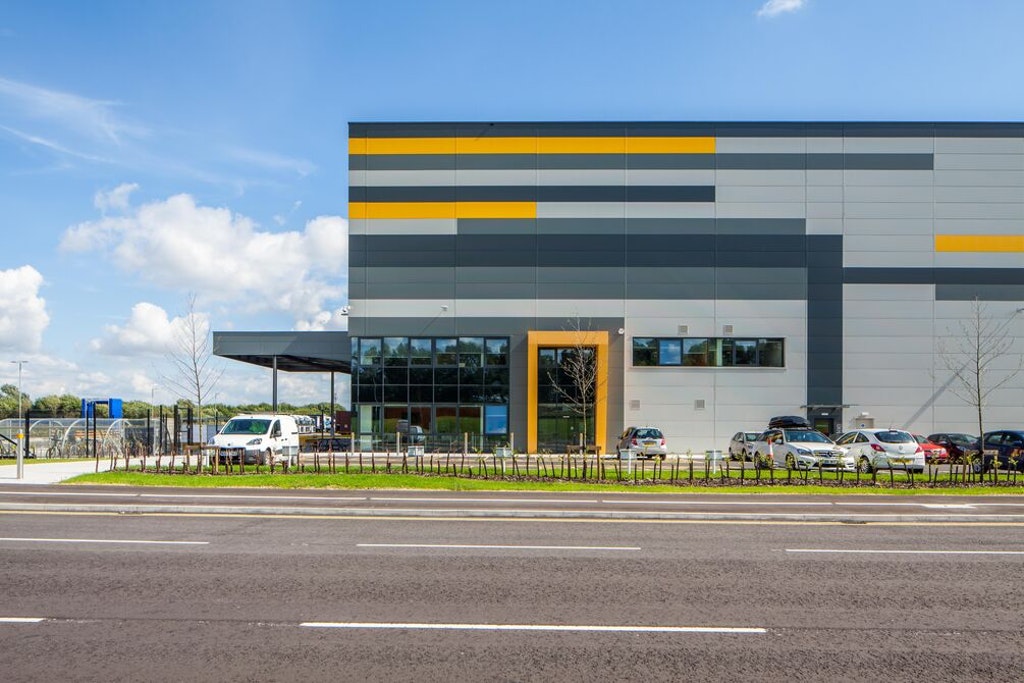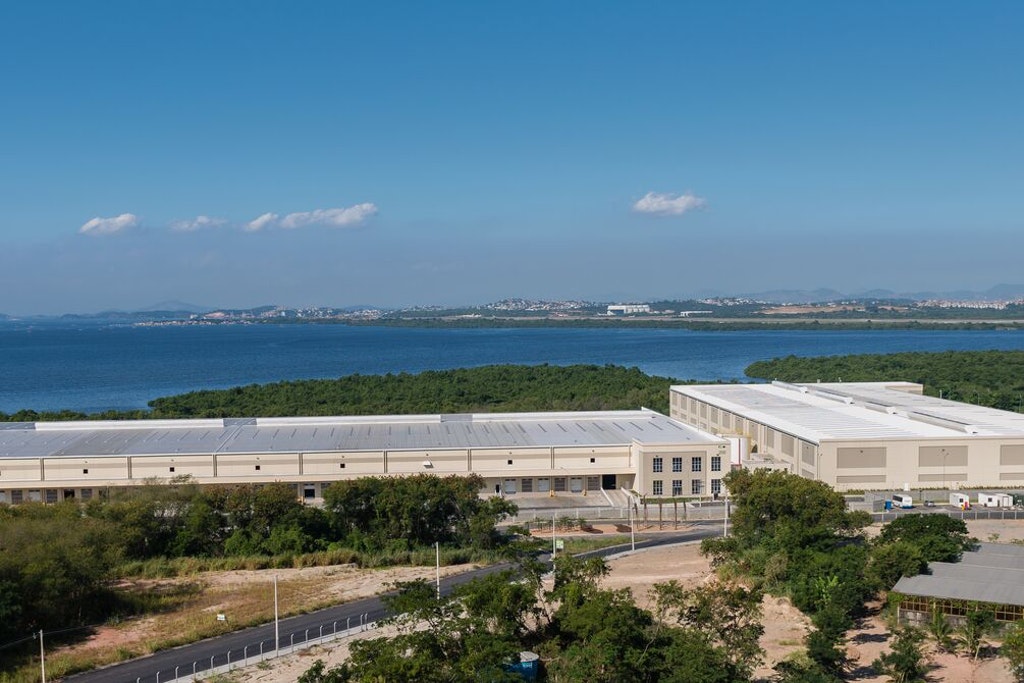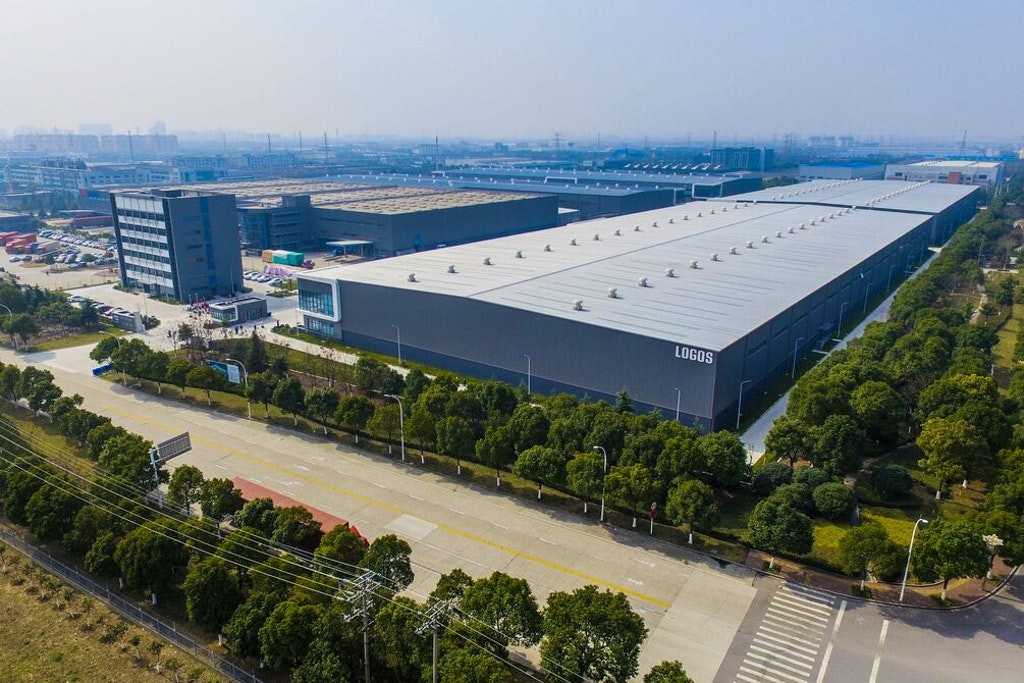In recent years, Ivanhoé Cambridge has embarked on a major shift toward the logistics sector – in other words, the real estate infrastructure supporting global supply chains.
The appeal of this sector has increased over the past decade along with the rise of ecommerce. Our investments in logistics rose from less than 5% of our global portfolio in 2015 to 16% in 2020. So why has the logistics sector become a priority component of our investment strategy?
Two major trends driving the logistics sector
Despite the economic disruption caused by the COVID-19 crisis, the logistics sector has proved especially resilient as a result of two major structural trends: urbanization and digitization of the economy.
Urbanization
By 2050, it is estimated that 70% of the world’s population will live in urban areas, up from only 10% at the turn of the 20th century and 33% in 1950.[1]
“Logistics infrastructure for distribution in outlying areas and near urban centres close to consumers has to be efficient and effective in response to ever-changing consumer habits. We’ll continue building our presence in logistics and light industry to meet this demand, which represents a logical complement to our portfolio.”
– Mario D. Morroni
Executive Vice President, Industrial, North America
For example, we partnered with Prologis in January 2019 to invest in logistics assets and development projects in Brazil. The partnership will develop and operate logistics buildings in São Paulo and Rio de Janeiro. This US$890-million investment is part of our strategy to shift the portfolio’s positioning toward logistics sector in major cities with a favourable demographic outlook.
Digitization of the economy
The digitization of the economy, already well under way before the pandemic, accelerated significantly in 2020, as the crisis prompted a larger proportion of the population to adopt digital tools, especially ecommerce.
According to emarketer, global ecommerce sales surged almost 28% in 2020, despite a 3% drop in retail sales.[2]
This growing demand has had a significant impact on the supply chain. To handle all the goods, ecommerce requires up to three times more logistics space than traditional retail,[3] creating an increase in demand for storage space specific to logistics real estate.
“This phenomenon has tremendous potential for the real estate sector. The rapid growth of online shopping and the pressure it puts on ecommerce infrastructure are creating the need for large warehouse and distribution centres on the outskirts of urban areas.”
– Karim Habra
Executive Vice President, Head of Europe and Asia-Pacific
We therefore have to be involved in the entire distribution-consumption value chain, which includes distribution centres in coastal markets, regional logistics hubs and fulfillment centres on the outskirts of and inside urban areas as well as the “last mile” to the customer’s doorstep. Given the increasing importance of ecommerce in retail sales, logistics real estate will continue to be a growth area in the years to come.
Last-mile logistics is a promising niche
The appeal of last-mile distribution centres, in or near major urban centres, is justified by the combination of two factors. First, a strategic location ensures competitive delivery times, which have become standard in the industry in response to consumer expectations of fast delivery. Second, such warehouses optimize transport costs, which represent a significant portion of the overall logistics costs for businesses.
This asset class is attractive because much of its value lies in its location, thus allowing for less premature obsolescence and a better potential for rent increases, because supply and development capacity are limited in such areas.
Our approach at Ivanhoe Cambridge is based on the development of investment platforms and high ESG standards
To stand out in a highly competitive environment, we are taking an innovative approach focused on investment platforms as well as rigorous ESG criteria to guide our investment choices.
Our approach is to target partners with expertise in logistics and to actively participate in the growth of our investment platforms. Complementary expertise, portfolio resilience and development potential are key elements that guide our choice of partners and our investment decisions in logistics.
To cite an example, Ivanhoé Cambridge and GID recently announced the creation of GID Industrial, an investment platform that manages $2 billion of gross assets spanning 173 buildings, with a focus on logistics assets in expanding markets across the United States.
ESG aspects are also central to our investment decisions. Environmental, social and governance aspects are at the heart of the investment cycle and are therefore key criteria when we review investments. We ensure that our assets bring together all the conditions needed to create a pleasant, healthy and safe workplace with an environmental impact that is as neutral as possible.
The announcement that we will develop the United Kingdom’s first carbon net zero logistics park in partnership with PLP illustrates our commitment to reducing our carbon footprint and increasing our positive impact in the communities where we operate. This 55-hectare park in southeast England will allow its occupants to meet a carbon net zero emission target.
Conclusion
At the heart of major economic trends in a unique context, the logistics sector is emerging as a strategic investment opportunity.
For an investor, it’s fundamental to thoroughly understand not only sectors and markets, but also structural trends that will affect real estate in the short, medium and long terms. It’s also vital to work closely with partners who share the same goals and values and can contribute unique know-how and proven experience in key markets. This approach is essential for a value-generating investment strategy.

